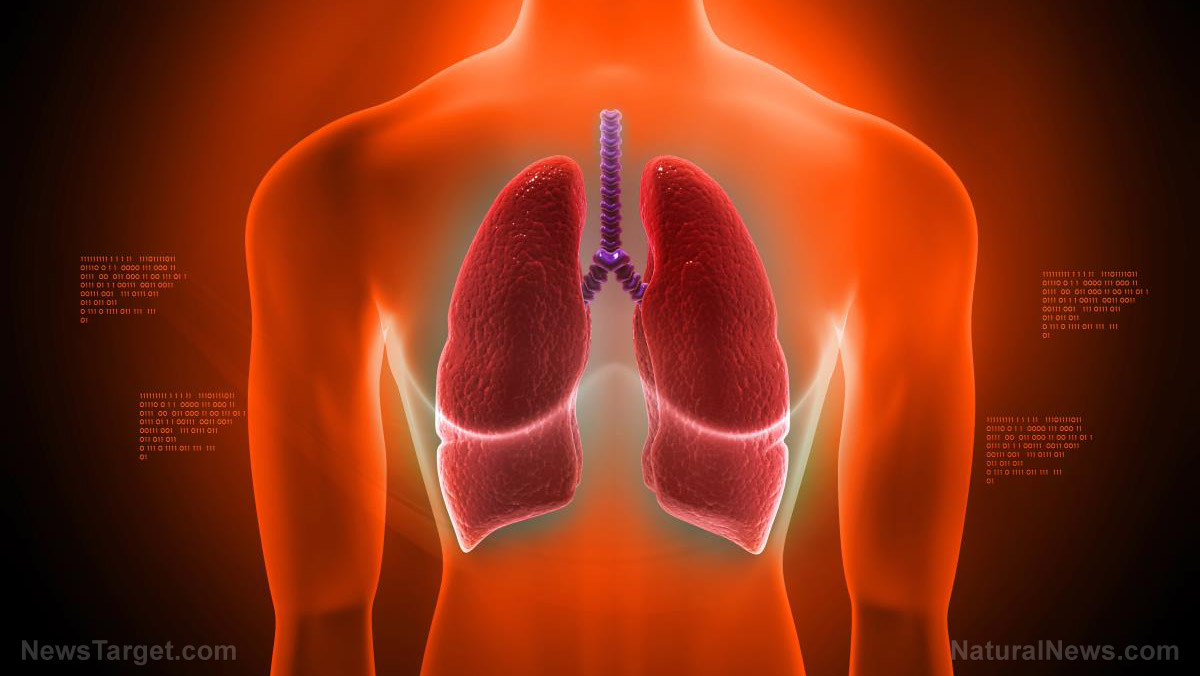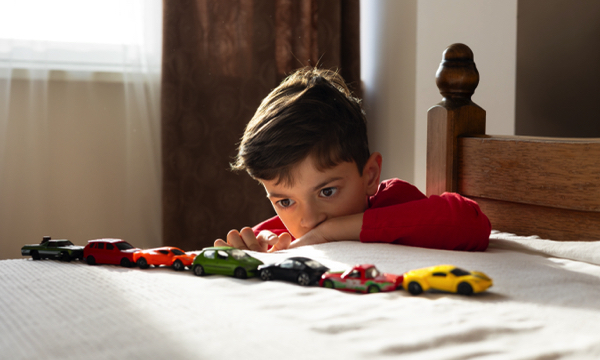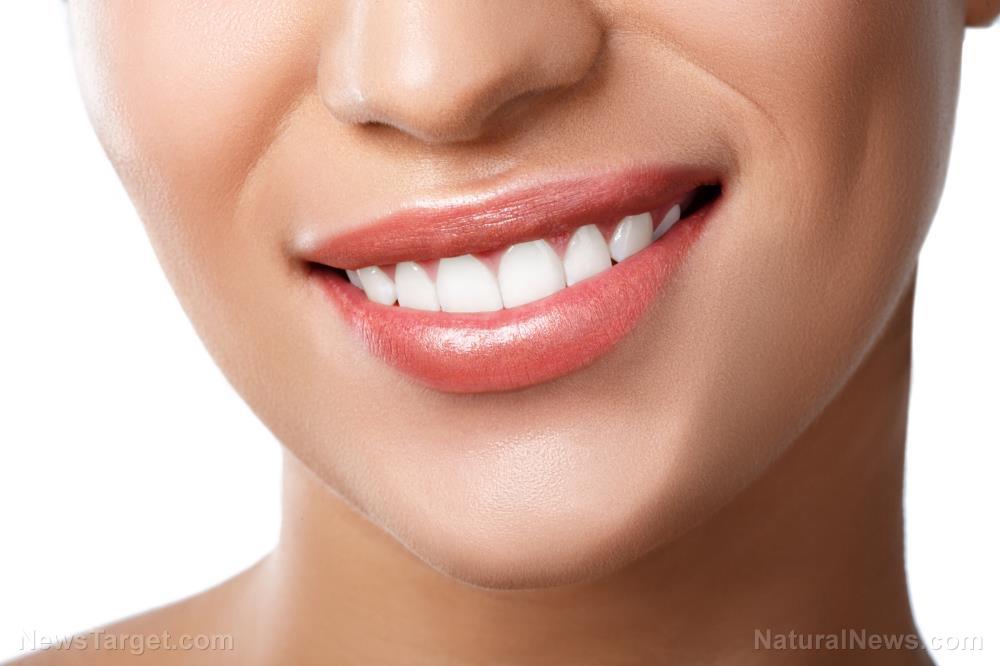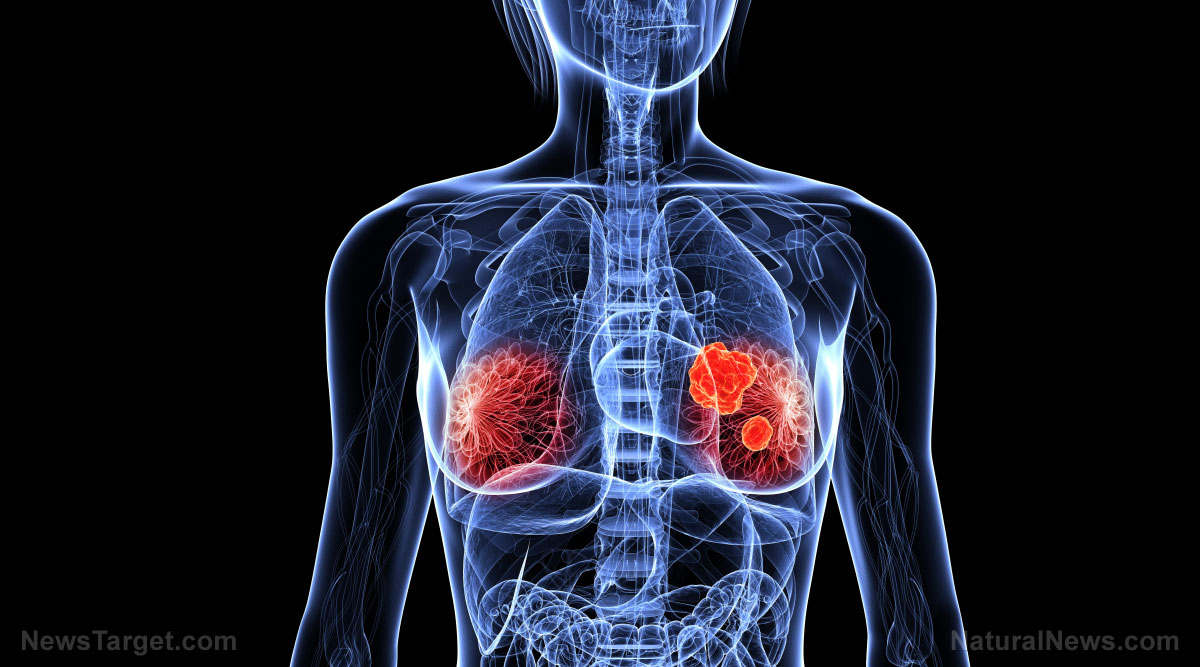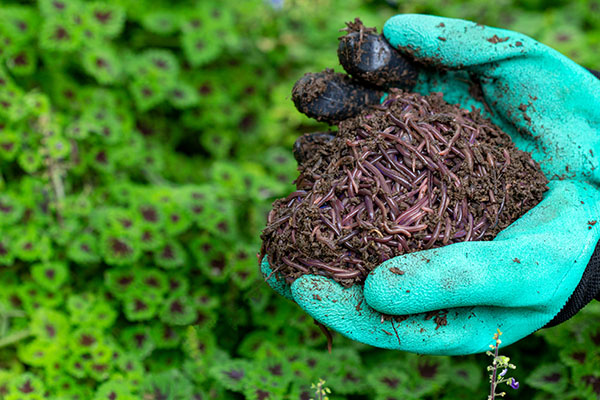 Parler
Parler Gab
Gab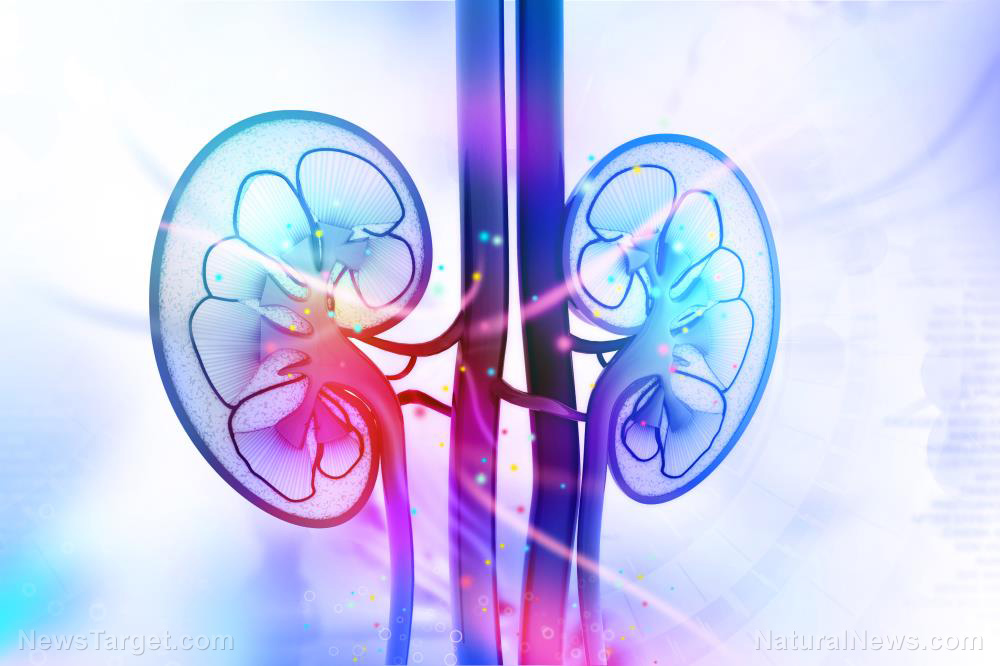
- A clinical trial found that AKI patients who received dialysis only when medically necessary had a 64 percent recovery rate, compared to 50 percent for those on standard thrice-weekly dialysis, suggesting over-treatment may hinder kidney healing.
- Some patients with acute (not chronic) kidney injury may regain function if given time to recover naturally, avoiding permanent dialysis dependence—especially those no longer in critical condition and early in treatment.
- Frequent dialysis can mask signs of recovery, cause complications like low blood pressure and make kidneys "lazy" by doing their work for them, delaying natural healing.
- Liddy Lawson, a leukemia survivor, spent two years on dialysis with severe side effects before weaning off under medical supervision. A year later, her kidneys recovered, proving some patients can regain function.
- While promising, outpatient dialysis centers lack infrastructure for weaning trials and profit-driven healthcare models may slow adoption of conservative approaches—requiring patient advocacy and systemic change.
Rethinking "more is better"
AKI strikes suddenly, often after severe illness, surgery or infection. Unlike chronic kidney disease, which progresses slowly, AKI can sometimes reverse—if given the right conditions. Yet, standard practice has long defaulted to frequent dialysis sessions, assuming that complete filtration is the safest approach. Dr. Chi-yuan Hsu, the study's senior author and chief of nephrology at the University of California, San Francisco (UCSF), argues that over-reliance on dialysis may actually hinder healing. "The machine can mask signs of recovery—or worse, make kidneys 'lazy' by doing their work for them," he told the Epoch Times. "If we step back, some patients' organs can rebound on their own." The trial followed 220 adults with severe AKI across four U.S. hospitals. Half received dialysis only for urgent issues (like dangerous potassium spikes), while the rest followed the traditional schedule. The conservative group not only recovered more often—they also had fewer complications, including episodes of low blood pressure, a common dialysis risk.One patient's turnaround
Liddy Lawson, 39, knows the toll of dialysis firsthand. After surviving leukemia and a near-fatal ICU stay in 2020, she spent two years tethered to the machine. "I vomited daily, slept through recovery days and had no life outside treatment," she recalled. Then her care team suggested weaning off. "Dr. Hsu believed my kidneys could still heal," she said. A year later, tests confirmed she no longer needed dialysis. Today, she's walking marathons and rebuilding her health. "I got my life back." Who stands to benefit? Not every patient is a candidate. The approach works best for those:- With acute (not chronic) kidney injury
- No longer in critical condition
- Still early in dialysis dependence
A new path forward
For Lawson, the lesson is clear: Patients must advocate for options. "Ask your doctor if there's an endgame," she urged. "Don't assume dialysis is forever." As medicine re-examines long-held assumptions, this trial offers a paradigm shift—one where stepping back could help kidneys step up. According to BrightU.AI's Enoch, chronic kidney disease affects 37 million Americans, with dialysis costs exceeding $50 billion annually. If conservative dialysis reduces long-term dependence, it could ease suffering—and healthcare burdens—for thousands. Yet systemic inertia and profit-driven models may slow change. As Lawson's story shows, sometimes healing requires less intervention—and more trust in the body's resilience. Watch this video that talks about kidney disease without dialysis and medication. This video is from the Para mon channel on Brighteon.com.Sources include:
TheEpochTimes.com JamaNetwork.com BrightU.ai Brighteon.comHow Traditional Chinese Medicine strengthens the lungs when the weather turns dry and cool
By Patrick Lewis // Share
Autism’s genetic code: Scientists uncover two distinct paths to diagnosis
By Willow Tohi // Share
Oral bacteria strain linked to aggressive cancer growth, study reveals
By Cassie B. // Share
Existing NHS drug shows promise in preventing breast cancer in high-risk women
By Patrick Lewis // Share
New 2D material called MXenes pioneers a path to greener fuel and fertilizer, study shows
By Jacob Thomas // Share
Autism's genetic code: Scientists uncover two distinct paths to diagnosis
By willowt // Share
Trump’s economic strategy faces scrutiny over inflation, debt, and tariff policies
By finnheartley // Share
Trump proposes $2,000 "tariff dividend" for most Americans
By bellecarter // Share
Less dialysis, more recovery: Study finds conservative treatment may help kidneys heal
By bellecarter // Share
Trump's "mega detention" plan: Converting Amazon-style warehouses into mass deportation hubs
By bellecarter // Share
